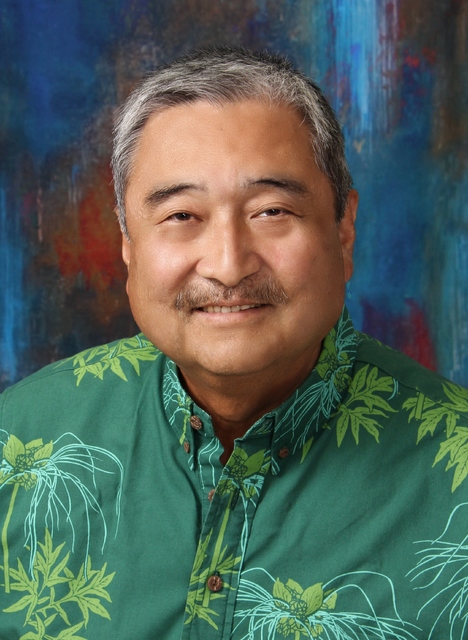Hilo is “halfway to greatness.” ADVERTISING Hilo is “halfway to greatness.” That’s the conclusion Harold Miller came to. Harold is a prominent national expert on health-care quality and payment reform who visited Hilo March 17-19, and then again on April
Hilo is “halfway to greatness.”
That’s the conclusion Harold Miller came to. Harold is a prominent national expert on health-care quality and payment reform who visited Hilo March 17-19, and then again on April 8. He was engaged by the East Hawaii Independent Physician’s Association, the Hilo Medical Center and HMSA to see if a community Accountable Care Organization could work in East Hawaii.
An ACO is a different way of providing health care which is gaining momentum on the mainland. It compensates providers for the health outcomes of a defined population, rather than paying fees for each service that is rendered to treat disease. The goal is to give providers the flexibility to care for patients in the best and most cost-effective way, but to hold the system accountable for the outcomes it achieves.
It makes sense to me. We should reward quality, coordinated care provided most efficiently, whether it’s provided over the phone, in the office, in the home or in the hospital. A primary-care provider shouldn’t ask a patient to come for an office visit if a phone call will do. Even more, we should reward a system that keeps people healthy.
An ACO is a radical change in the business model of health care. But without this kind of fundamental change, I don’t think we can successfully lower the medical cost trend.
After meetings with physicians, the hospital, HMSA and community and business leaders, Miller concluded that we’re halfway to greatness. We can become a community with sustainable, quality health care for all residents.
We have “tremendous strengths to build on” — independent physicians with efficient practices committed to the community; a single nonprofit community hospital with good and improving quality; a data-analytic system to drive collaboration and measure cost and quality; employers that support community initiatives; and a large health plan with low administrative costs and a desire to innovate.
On the other hand, we’re only halfway there because we have “significant challenges and frustrations to overcome” — physician practices struggling financially and under increasing administrative burdens; a hospital controlled by the state with high staff costs; poor relations between the hospital and community physicians; small employers who are not organized to influence how premium dollars are used; and health plans whose progress is slow and oriented to statewide solutions.
So I wonder: Is the glass half full or half empty?
I think it’s half full and getting more full each time we talk to each other. For the first time that anyone can remember, representatives from EHI, HMC, HMSA, the county, and the employers were at the table talking to each other during Miller’s visits.
We could agree to the shared community vision and goals that were presented, and could see the possibility of implementing them if we collaborated on “win-win-win” business plans. We also saw we needed ways to talk to each other more before an ACO made sense.
We decided to form a Regional Health Improvement Collaborative, which will provide a neutral forum for all the stakeholders to work together to address issues and opportunities in “win-win-win” ways.
There are more than 30 RHICs across the United States formed by communities taking on the crisis of health care.
We decided that Community First will be the home for the East Hawaii RHIC, and a steering committee will be formed with representatives from EHI, HMC, HMSA, employers and the community. I will serve as the chair of this collaborative.
This group is just the starting point, and as the RHIC develops, we hope to expand its membership. As our first two initiatives, we will focus on increasing access to primary and specialty care in East Hawaii, and on improving treatment of heart-failure patients. Two task groups already have started meeting on these, and we will be sharing their work with you in future articles.
I sometimes wonder why, at my age and background in the food business, am I taking on a challenge as big and as complicated as transforming health care in our community. I have come to realize that I can help because the issue is not so much a medical problem, but a business and community problem.
While everyone agrees that the health-care system is broken and unsustainable, I also have come to realize that the situation is urgent. We need to act now.
The amazing thing is that our community has a real chance to change the system, but only if we act together and act right now. I hope you will join us.
This column was prepared by Community First, a nonprofit organization headed by KTA Super Stores’ Barry Taniguchi, and supported by a volunteer board of local community leaders. Community First was recently established to help the community respond to the health-care cost crisis and support initiatives that change health care from just treating disease to caring for health.



